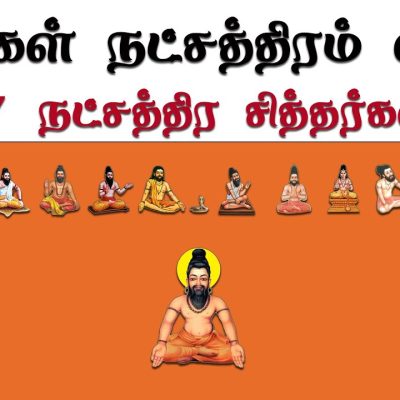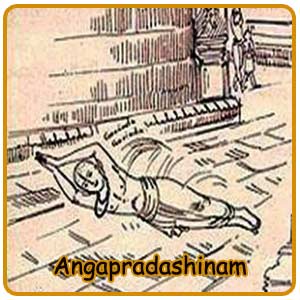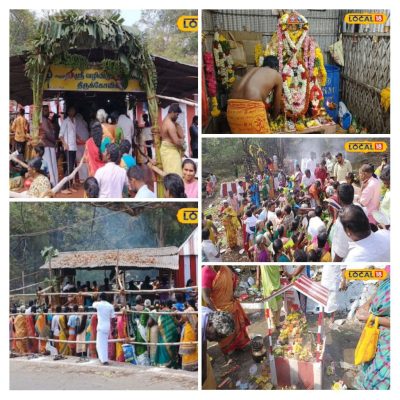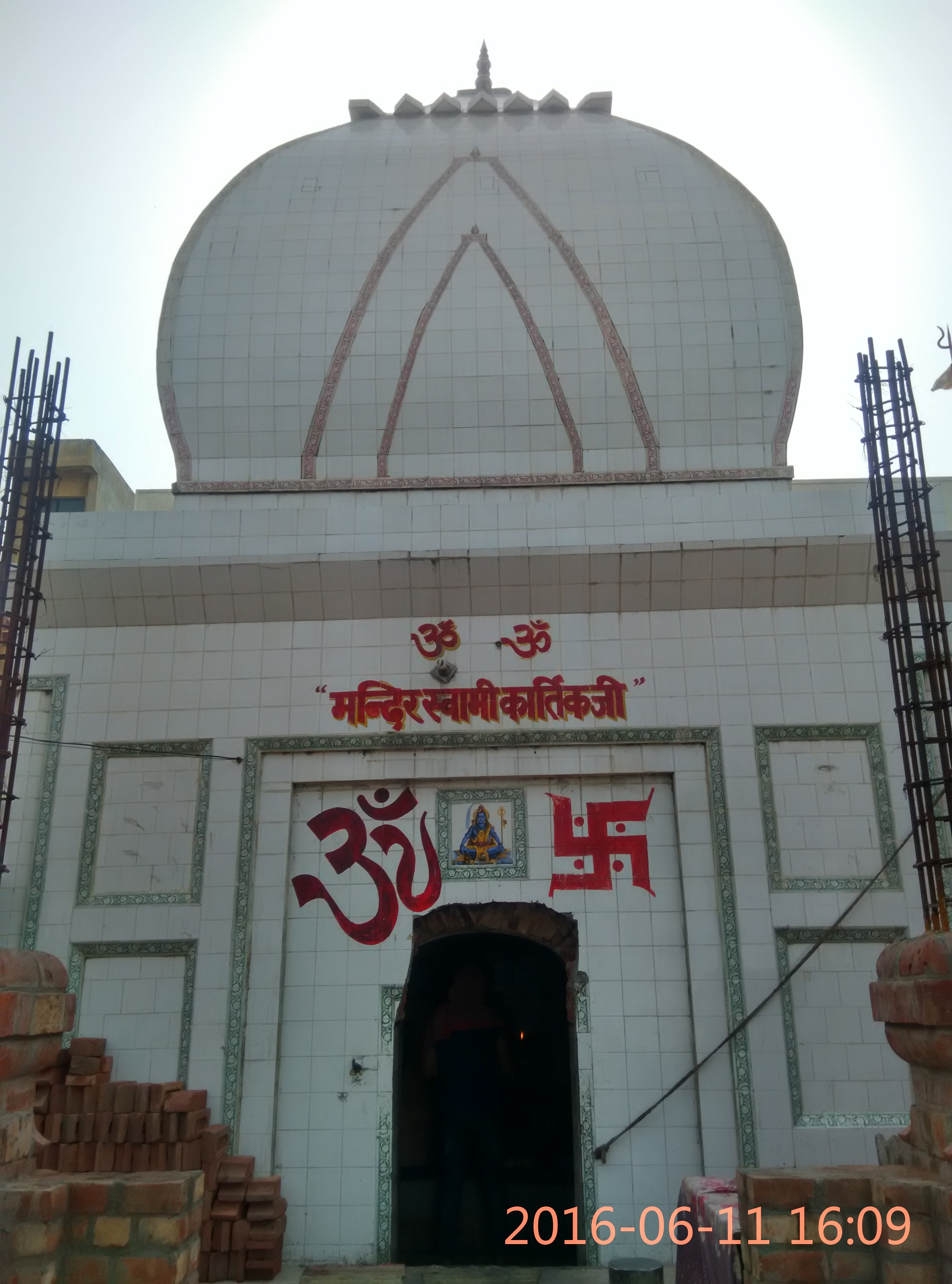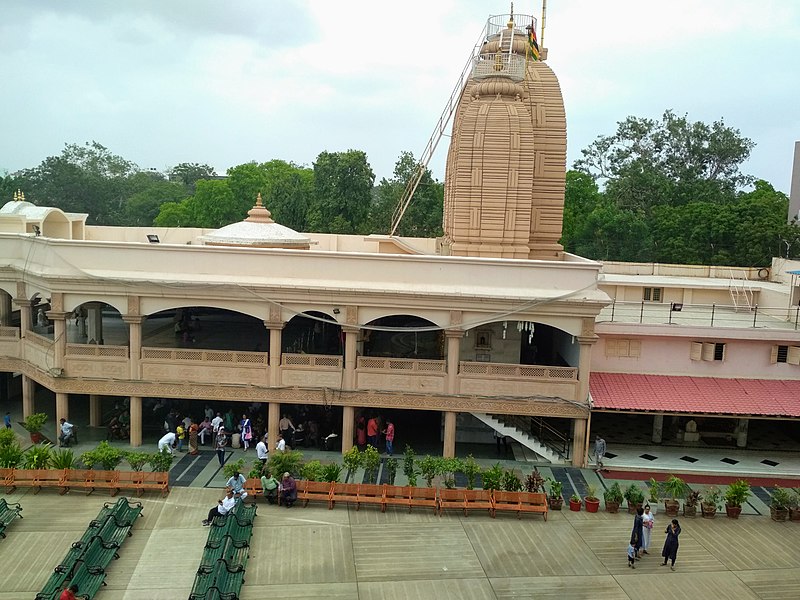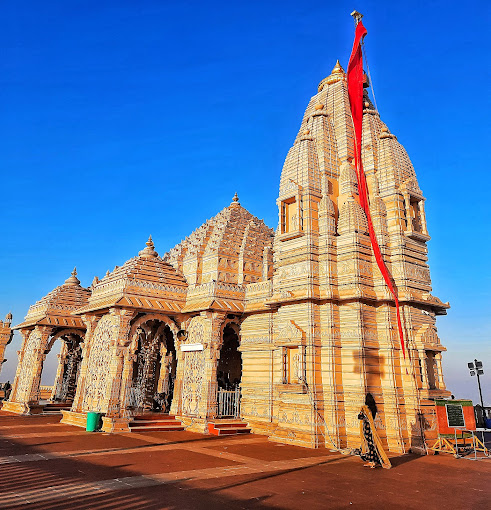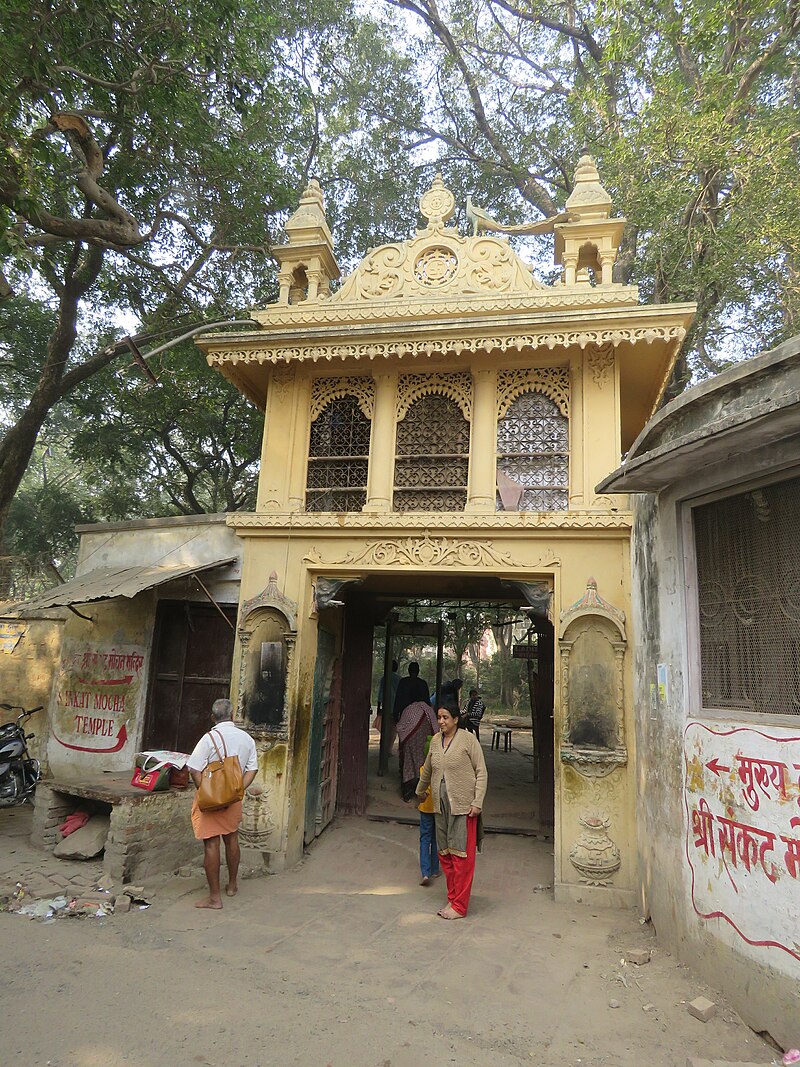Sri Senpaga Vinayagar Temple, Singapore
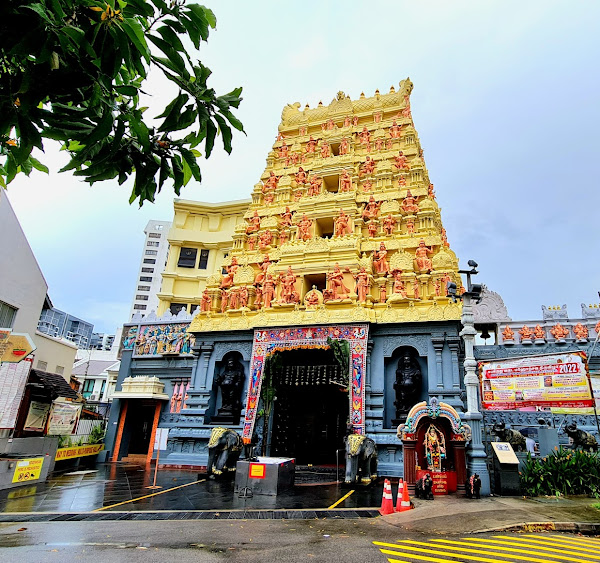
Address
Sri Senpaga Vinayagar Temple, Singapore
19 Ceylon Rd,
Singapore 429613
Moolavar
Senpaga Vinayagar
Introduction
The temple is located at Ceylon Road in Singapore, the Sri Senpaga Vinayagar Temple is a 150-year-old temple dedicated to Lord Ganesha. The temple is most famous for the four granite structures depicting Lord Ganesha in 32 poses. This was the successful work of 20 Indian artisans who spent 20 years on this masterpiece.
Puranic Significance
Sri Senpaga Vinayagar Temple was established in 1850 when the statue of Lord Vinayagar was discovered after it washed up on the banks of a stream near a champak tree. The tree, which stood on the bank of the pond, acted as an identifying element to the Senpaga (Tamil for Champak) temple. Mr.Ethirnayagam Pillai, a Ceylon Tamil pioneered the building of the first structure with the help of Indian workers. It was a decent shelter with an attap roof. This delightful abode with the Champak tree became the temple of Sri Senpaga Vinayagar. In 2003, it was designated as a historic site. The Vinayagar Shrine is from the time of the earliest groups of Sri Lankan Tamil immigrants in Singapore.
Although Sri Senpaga Vinayagar Temple is primarily denoted for Lord Ganesha, many community leaders and well-wishers permitted the addition of several new shrines to be housed here. They were the idols of Lord Shiva, Goddess Ambal, Subramaniam, Vairavar and Nageshwarar. The first consecration of the temple was held for the first time in 1930. On an unfortunate event during the Second World War, the temple premises were bombed, and this led to severe damage to the building. However, Dr.P Thillainathan, the Chairman of this temple took complete responsibility to restore the temple to its previous condition.
In 1949, the structure went through a series of reconstruction and renovation over the years. Six years later, in 1955, the temple was back to its former state, and another consecration ceremony was witnessed. Repeated altering and upgrading the place resulting in the incorporation of halls, kitchens, classrooms, a perimeter wall, and a library. Eventually, a three-storey extension with an air-conditioned wedding and dining hall was declared open.
During the 1990s, chunks of concrete appeared to be falling off the ceiling, and the walls of the temple began to have cracks. This led the SCTA to take action and a resolution was passed to appoint respective authorities for the rebuilding of the temple. In the year 2000, the reconstruction work had been undertaken to prevent structural damage. Finally, in the year 2003, the Sri Senpaga Vinaygara was re-consecrated for the fifth time. It was esteemed as a unique temple since the rebuilding of it had the contributions. The architect Priscilla Chow worked along with Indian artisans. Their work resulted in the designation of the temple as a historical site by the National Heritage Board, Singapore.
Special Features
Sri Senpaga Vinayagar Temple was established in 1850 when the statue of Lord Vinayagar was discovered after it washed up on the banks of a stream near a champak tree. The tree, which stood on the bank of the pond, acted as an identifying element to the Senpaga (Tamil for Champak) temple. Mr.Ethirnayagam Pillai, a Ceylon Tamil pioneered the building of the first structure with the help of Indian workers. It was a decent shelter with an attap roof. This delightful abode with the Champak tree became the temple of Sri Senpaga Vinayagar. In 2003, it was designated as a historic site. The Vinayagar Shrine is from the time of the earliest groups of Sri Lankan Tamil immigrants in Singapore.
Although Sri Senpaga Vinayagar Temple is primarily denoted for Lord Ganesha, many community leaders and well-wishers permitted the addition of several new shrines to be housed here. They were the idols of Lord Shiva, Goddess Ambal, Subramaniam, Vairavar and Nageshwarar. The first consecration of the temple was held for the first time in 1930. On an unfortunate event during the Second World War, the temple premises were bombed, and this led to severe damage to the building. However, Dr.P Thillainathan, the Chairman of this temple took complete responsibility to restore the temple to its previous condition.
In 1949, the structure went through a series of reconstruction and renovation over the years. Six years later, in 1955, the temple was back to its former state, and another consecration ceremony was witnessed. Repeated altering and upgrading the place resulting in the incorporation of halls, kitchens, classrooms, a perimeter wall, and a library. Eventually, a three-storey extension with an air-conditioned wedding and dining hall was declared open.
During the 1990s, chunks of concrete appeared to be falling off the ceiling, and the walls of the temple began to have cracks. This led the SCTA to take action and a resolution was passed to appoint respective authorities for the rebuilding of the temple. In the year 2000, the reconstruction work had been undertaken to prevent structural damage. Finally, in the year 2003, the Sri Senpaga Vinaygara was re-consecrated for the fifth time. It was esteemed as a unique temple since the rebuilding of it had the contributions. The architect Priscilla Chow worked along with Indian artisans. Their work resulted in the designation of the temple as a historical site by the National Heritage Board, Singapore.





















Century/Period
1930
Nearest Bus Station
Paya Lebar MRT Station
Nearest Railway Station
Roxy
Nearest Airport
Roxy
